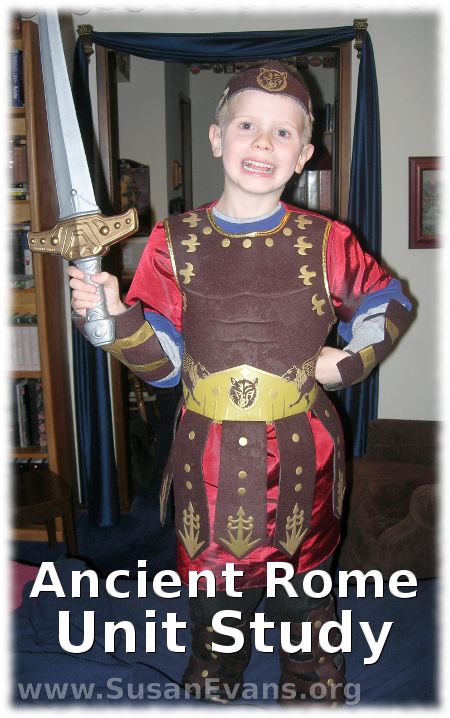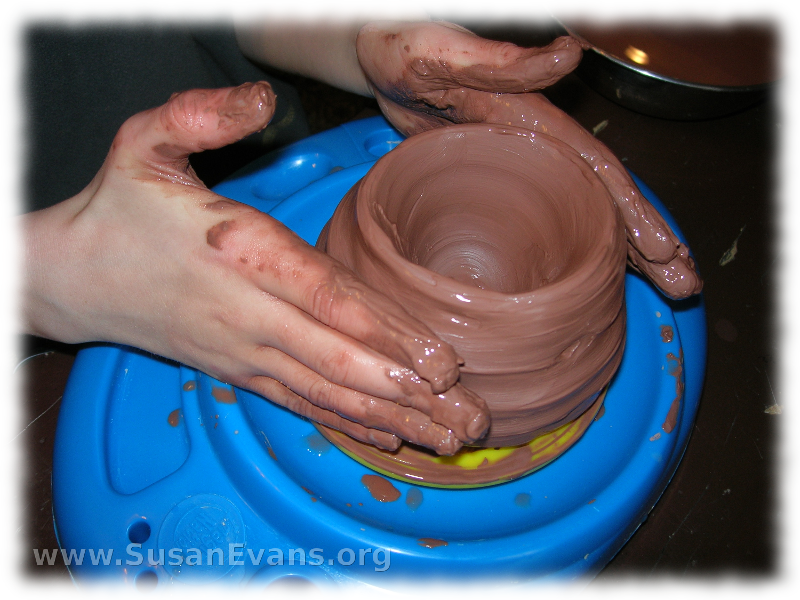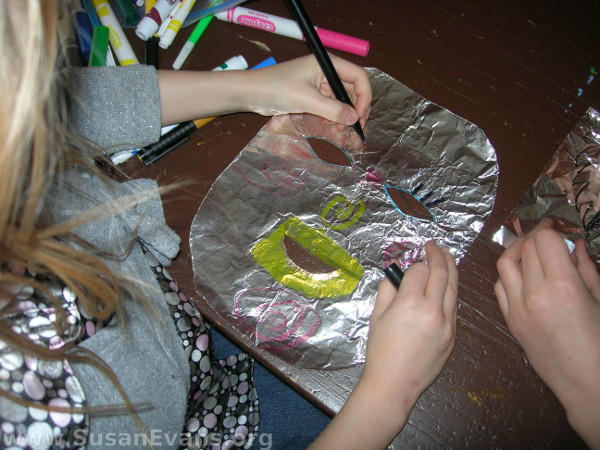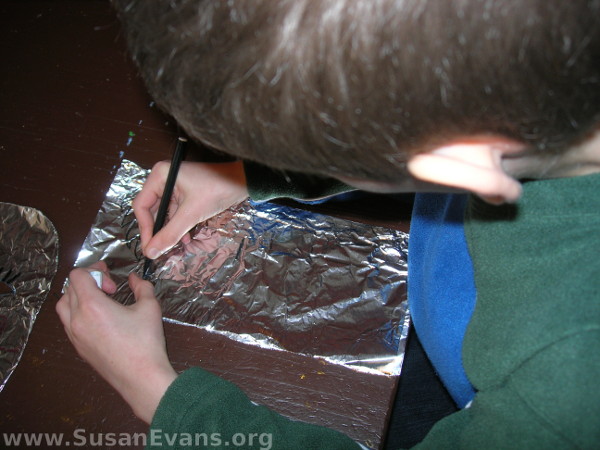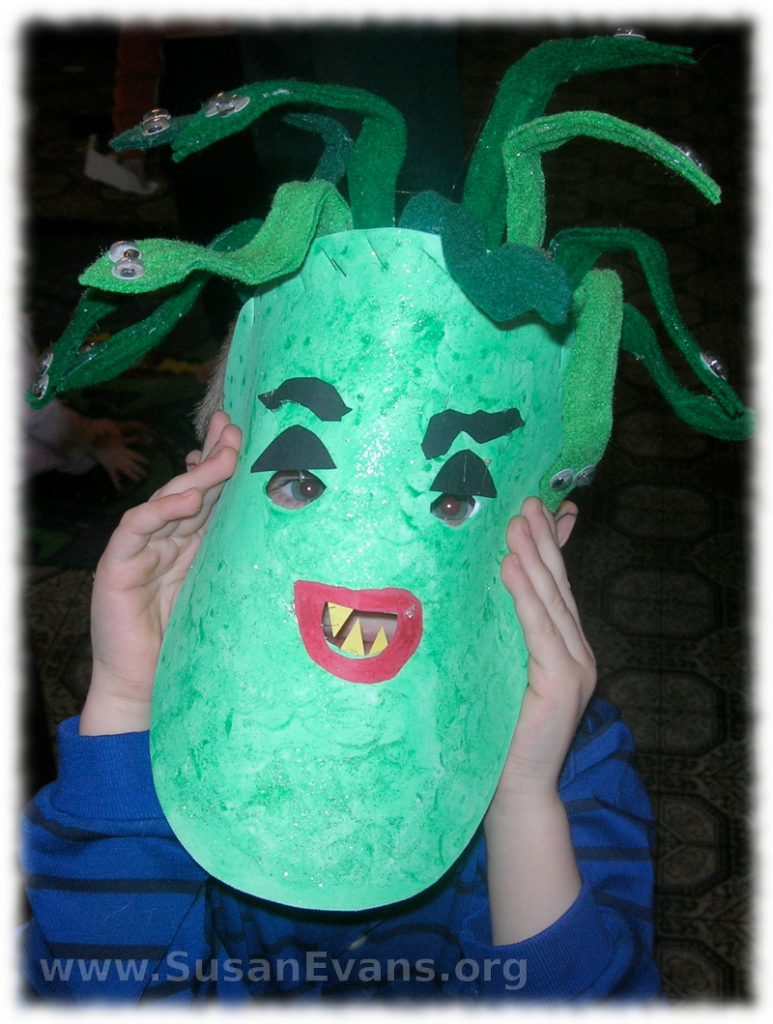
Learning Greek mythology is part of having a well-rounded education. Many great works of literature (including Shakespeare) refer back to Greek mythology, and there is no way to properly understand what the greatest authors of all time were saying without knowing about this topic. When literature refers to another famous work of literature, this is called an allusion, and allusions abound in great literature, not only in books and plays, but in poetry as well. This is because the great authors assumed that people who were reading their literature were educated. The basic building blocks of literature that the great books refer to the most are the Bible and Greek mythology.
I used to tell my public school students that even if they didn’t believe in God, they needed to know about the famous classic stories in the Bible, like the story of David and Goliath or Adam and Eve. I told them they would never be truly educated without knowing the Bible because the greatest thinkers of all time knew it, even if they were refuting it. I am not insinuating that the truth in the Bible is in any way comparable to the absurdity of Greek myths. After having read hundreds of classics, however, I can confidently say that these two sources are necessary to read in order to understand all the rest.
Now I will state the opposite side, the side that says we should not study Greek mythology because it’s the study of demons. Do not dismiss these people or consider them stupid. I have researched Scripture, and in actual fact, Paul referred to the Greek gods as demons (Acts 14:12-15; I Corinthians 10:20). Because it’s in Scripture, and the Word of God is inerrant, I have no doubt that what Paul was saying was true, at least as far as the temples were concerned. Temples were built for the worship of demons, who happened to have the same names as are mentioned in these Greek mythology stories.
Notwithstanding, Paul had studied Greek mythology thoroughly, and he was therefore able to lead the people of Athens to Christ because he was an informed person, not an ignorant person. (The Greek gods are referred to in Scripture by name in the book of Acts, so your understanding of Scripture also hinges on your ability to understand the culture in which Scripture was written.)
Even your understanding of everyday idioms such as “You’ve just opened Pandora’s box,” or “That’s my Achilles’ heel” is completely unintelligible if you forbid the reading of Greek mythology just because Paul called them demons. After all, the true study of demons is completely different than the almost comedic blunders of the Greek gods and goddesses who often have more problems than mere mortals. Flying sandals, ogres with one eye, and a green-faced woman with snake hair that turns you to stone are more like fairy tales than an invitation to study the dark side.
What it comes down to is this: if you do not study Greek mythology, you are crippling your understanding of life as well as literature. You will not understand newspaper allusions and will appear ignorant to unsaved people, who will shut their ears to you because you don’t know even the basics of what everybody knows. Be educated. Gain wisdom. Teach your children true discernment, because they will encounter much worse stuff when they leave home. They need to be prepared.

